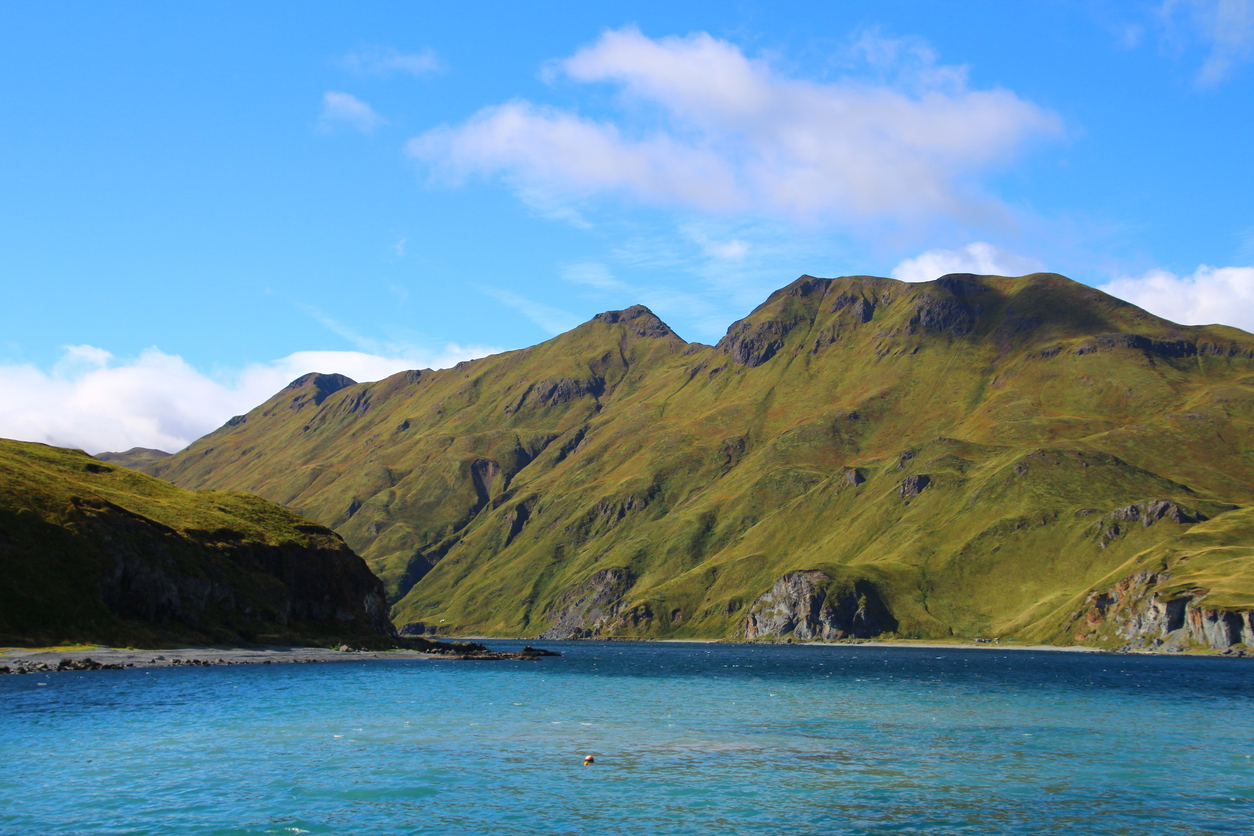In 1741, Vitus Bering became one of the first Europeans to discover Alaska. So who was Vitus Bering, and what led him to this achievement?
The Expeditions of Bering
Born to a family of modest wealth, Bering eschewed the path of higher education expected for him, instead becoming a ship’s boy at the age of 15. During the next 8 years, he traveled and trained to become a naval officer while ashore in Amsterdam. After graduating, he found great success under Admiral Cornelius Cruys, being promoted to the rank of Second Captain of the Russian Navy. Eventually, he applied for the rank of admiral and was given an assignment by the Tsar of Russia, Peter the First. This assignment, the Kamchatka Expedition, was to the lands beyond the eastern boundaries of Russia and North America. While the expedition was meant to last only 3 years, they did not return home until 6 years later, in 1730, after losing 15 men to starvation and illness.
The Second Kamchatka Expedition
Soon after arriving home, Bering set his sights on a more ambitious expedition. The western lands of North America, and to that end, he proposed a journey that involved more than 600 men. Plans were drawn up in 1732 while Bering waited in Moscow for approval. Funding for the journey was approved in June, and the final instructions were completed and given to the Admiralty on the 16th of October. They were to recreate Bering’s original journey; the only addition was to sail further east and locate North America, albeit with more rations this time. The first ships set sail from St. Petersburg in 1733 toward Okhotsk and were joined several months later by Chirikov, leading a fleet of ships carrying 500 passengers. As the journey continued, the crew complement grew to around 3000 men, including laborers. Bering joined them 11 days later, on the 29th of April 1733, along with his wife and children. After nearly 7 years of delays that had caused faith in Bering to falter, he sent his wife and children back to St. Petersburg and began his final journey toward North America in 1740.
Finding Alaska, Shipwreck, and Death
The year that followed was filled with much ill fortune. One ship among the contingent, the Nadezhda, was forced to stay behind due to damage sustained near Bolsheretsk, while the St. Peter and the St. Paul went on to Avacha Bay alongside the south-eastern peninsula of Kamchatka. While there, Bering recruited Georg Steller, a naturalist.
Unfortunately, he lost some of his crew at the hand of the native people, the Koryaks. As a result, he sent armed men out to find the natives. With vengeance in their heart, Bering’s men tortured their captives and later enslaved the native people. They then set sail and headed east once more. Soon they spotted the southern coast of Alaska and landed at Kodiak Island. Bering attempted to make his way home but, like many in his crew, fell ill to scurvy. On the 19th of December, 1741, he died months later on the posthumously named “Bering Island.”

